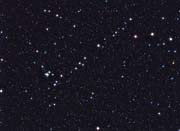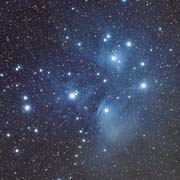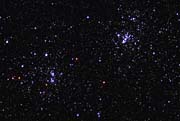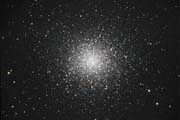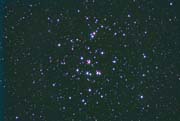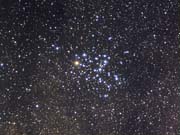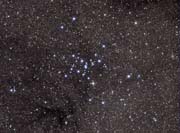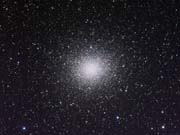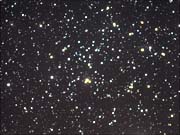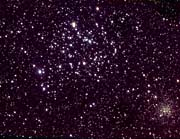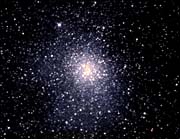Kemble's Cascade is a grand binocular object in Camelopardalis, a cascade of stars splashing down into NGC 1502. Although the asterism is plainly visible in binoculars, it is not so obvious in a photograph. But a light touch of artificial diffraction spikes, courtesy of Star Spikes Pro and it stands out nicely. Full size
This image appeared in the March 2011 Astronomy Now magazine.
